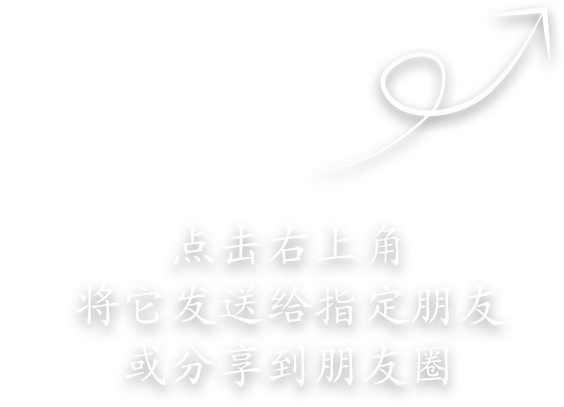Luxembourg — bridging Islamic finance and sustainable development practices
In the Middle East, now more than ever, public authorities are determined to align Islamic finance with global climate goals and develop a sustainable ecosystem that will stimulate investments focused on ESG factors. Indeed, it is estimated that by 2025, around US$30–50 billion will be raised through green and sustainability Sukuk to help deliver the UN SDGs (Islamic Finance Council & United Nations Development Programme. (2021). Innovation in Islamic Finance: Green Sukuk for SDGs).
The UAE and Saudi Arabia are aiming to be the drivers of change in the region, lead by example and help spur a wave of change across the Middle East. The former became the first Gulf state to commit to net zero by 2050, with an estimated US$165 billion expected to be invested in clean energy over the next 30 years, while Saudi Arabia is aiming to reach net zero by 2060. As part of its Vision 2030 plan, the Saudi Kingdom aims to completely eradicate gas burning and build up its share of natural gas and renewable energy sources to around 50% by 2030.
COP27 — a turning point for sustainable finance in the Middle East
COP27, the 2022 UN Climate Change Conference taking place in November, could be a catalyst for change across developing countries, particularly in the Middle East and Africa. The conference will take place in Sharm el-Sheikh, Egypt — yet another country that has mapped out a sustainable development strategy to help fulfill the SDGs.
Regional momentum on how to bridge Islamic and sustainable finance practices is set to continue beyond 2022, with the UAE hosting COP28 the following year. This will mark the third time a Middle Eastern country hosts the prestigious UN Convention on Climate Change, with its 18th edition having been held in Qatar in 2012.
The issuance of sustainable debt instruments in the region first started in 2017, with issuers ranging from financial and non-financial corporates and sovereigns, all the way to international financial institutions. But for the market in the region to grow fast, and increasingly onboard new issuers, access to the right tools and resources will be paramount — starting with education around sustainable finance to getting to grips with implementation practices.
Luxembourg — a driving force in sustainable finance
A long-time advocate of Islamic finance and early adopter of sustainable finance solutions, Luxembourg has been a guiding force in bringing sustainable investment opportunities to the market. The first western country to host an Islamic finance institution in 1978 and the first European country to list a Sukuk issuance in 2002, Luxembourg has played a pivotal role in raising the profile of Shariah compliant products. It is also home to the Luxembourg Stock Exchange (LuxSE) and the Luxembourg Green Exchange (LGX), its platform recognized by the UN for its leading role in advancing the sustainable finance agenda.
Since its foundation in 2016, LGX has been centre-stage in facilitating sustainable investment. The platform now displays more than 1,300 sustainable debt securities in over 40 currencies worth the equivalent of EUR720 billion (US$771.39 billion), making it the world’s leading platform for green, social, sustainability and sustainability-linked (GSSS) bonds.
Last year alone, 560 new GSSS bonds were displayed on LGX, representing a growth of 47% compared to the number of new bonds displayed on LGX in 2020. The total amount raised through these new sustainable bonds in 2021 was EUR246 billion (US$263.56 billion), up 31% from 2020.
Addressing the knowledge gap in sustainable finance
To address the sustainable finance knowledge gap, LGX also offers education in sustainable finance to potential first-time issuers, financial professionals, law firms, asset managers as well as students. Launched in May 2020, the LGX Academy strengthens sustainable finance knowledge and understanding among current and future financial professionals across developed and emerging markets, offering a hands-on pragmatic tool to navigate the market’s complexities. In 2021 alone, LGX Academy lecturers provided a total of 137 hours of training to groups of participants, issuing no less than 147 certificates of completion to course participants.
By enhancing education on the foundations of sustainable finance, related products, standards and labels as well as regulations and market practices, the LGX Academy provides market professionals with the knowledge they need to enter and help accelerate the growth of the sustainable finance market.
Bringing structured sustainability data to the market
To address the lack of structured sustainability data available on the market, LuxSE built the LGX DataHub in September 2020. Today, the database provides granular and structured datapoints on more than 6,000 of the world’s listed green, social, sustainability and sustainability-linked bonds.
Tailored support in the pre-issuance and post-issuance processes
To help further support potential issuers that are eager to enter the sustainable bond market, LuxSE also launched the LGX Assistance Services in September 2021. Through this service, sustainable finance experts assist issuers in the issuance process, by providing support with the structuring and review of the framework, peer comparison, as well as guidance on the post-issuance allocation and impact reporting best practices.
Sustainable finance in the spotlight in Dubai this week
Sustainability, net-zero objectives and transition finance will, without a doubt, impact the rapidly evolving financial landscape in the Middle East. These are some of the key topics that are set to be discussed at the Bonds, Loans & Sukuk Middle East conference taking place in Dubai this week.
The momentum around ESG investing and Islamic finance — and how to close the gap between these two practices — will continue to build up in the Middle East as the region prepares to host the next editions of the UN Climate Change Conference. Well-versed in both of these areas, Luxembourg could play a pivotal role in the process.
This article was first published in IFN Volume 19 Issue 23 dated the 8th June 2022.



















































First, please LoginComment After ~